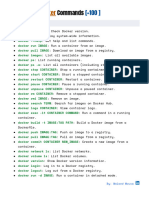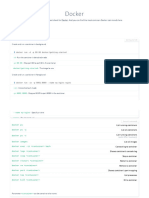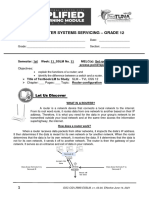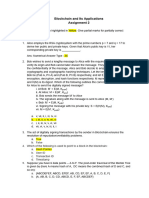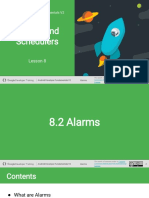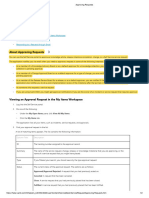0% found this document useful (0 votes)
47 views6 pagesDocker Commands Cheatsheet - Main
This document provides a cheatsheet on Docker commands for image management, container management, volume management, network management, Docker Compose, Docker Swarm, debugging, and advanced tools.
Uploaded by
Sharan SaiCopyright
© © All Rights Reserved
We take content rights seriously. If you suspect this is your content, claim it here.
Available Formats
Download as PDF, TXT or read online on Scribd
0% found this document useful (0 votes)
47 views6 pagesDocker Commands Cheatsheet - Main
This document provides a cheatsheet on Docker commands for image management, container management, volume management, network management, Docker Compose, Docker Swarm, debugging, and advanced tools.
Uploaded by
Sharan SaiCopyright
© © All Rights Reserved
We take content rights seriously. If you suspect this is your content, claim it here.
Available Formats
Download as PDF, TXT or read online on Scribd
/ 6












